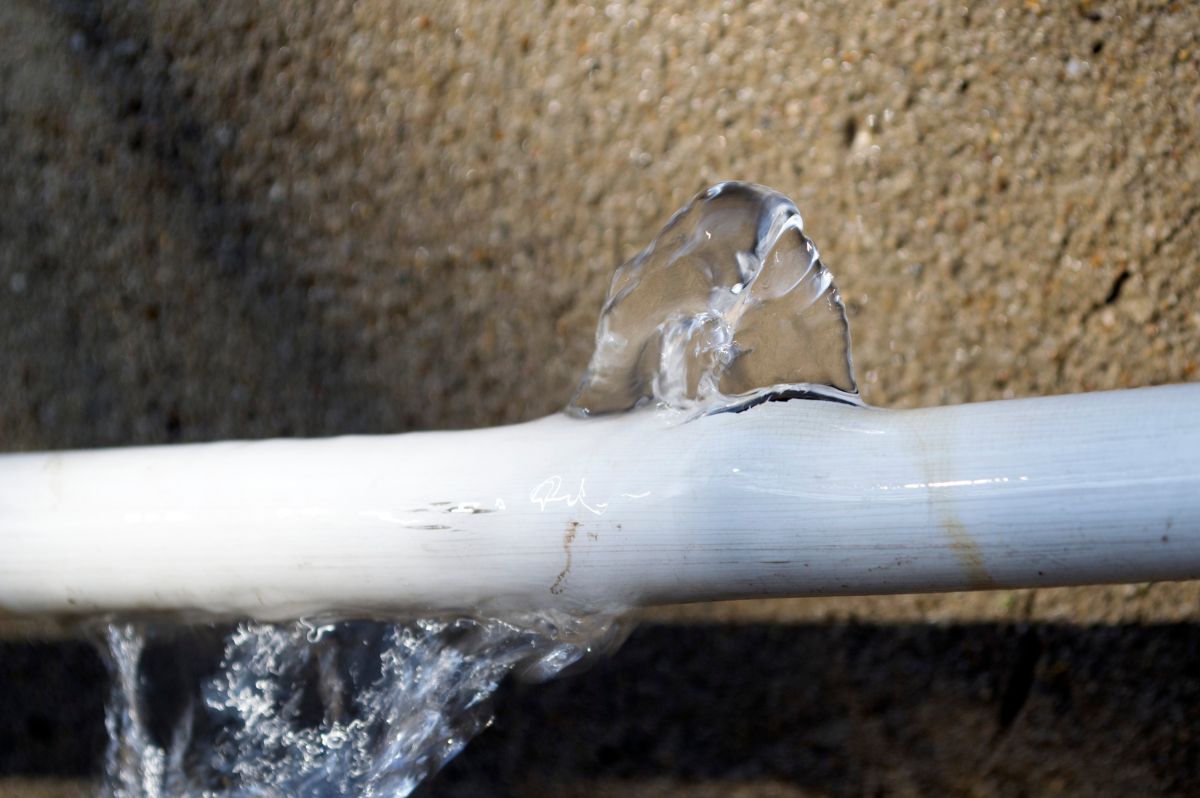
In cold weather, pipe systems (mainly water pipes) sometimes freeze, crack, and burst. Especially in some extremely cold areas, if there is not enough cold-resistance consideration and preventive measures in the infrastructure construction, freezing, cracking, and bursting of water pipes will occur occasionally.
The following post will explain the causes and prevention methods of water pipe freezing and bursting.
Causes of frozen water pipes
In cold climates, the liquid (usually water) in pipes and fittings will freeze when the temperature is below freezing, blocking the pipes or even causing them to burst. There are four main reasons why this happens:
1. The density of ice is less than that of water, and it is easy to form a blockage at the bend of the pipe, thereby reducing or even completely blocking the flow of water in the pipe.
2. Pipes and fittings (plastic materials) will become hard and fragile in low temperature environments, and they are easy to break when impacted or subjected to high pressure. Especially if pipes and fittings are exposed to direct sunlight, exposure to the sun, or high temperature for a long time, plastic materials are prone to aging, which reduces the strength of the pipes.
3. The same mass of water will increase in volume after freezing, and may burst the pipe wall. At the same time, the pipes and fittings shrink, further increasing the internal pressure.
4. The structure of water meters, faucets, and other components is complex, and the strength of the connection between them and pipes and fittings is low, which is prone to weak pressure resistance. When freezing, these connections become concentrated stress release points, which makes it easy for water pipes to burst.
At present, the main pipe materials are cast iron pipes and other metal pipes. They are thick have high metal strength, and are not easy to burst. Leakage and rupture often occur at the pipe joints and seals, which can be avoided through standardized construction.
Frost cracking and bursting often occur in plastic pipes and fittings.
Prevention methods
There are six preventive measures for the phenomenon of water pipes freezing, cracking, and bursting in cold winter weather:
1. Choose qualified products produced by qualified manufacturers. Pipes and fittings produced by professional manufacturers are more guaranteed in quality.
2. Choose pipes and fittings with thicker walls. For example, in general, the wall thickness of PPR hot water pipes is thicker than that of PPR cold water pipes. In some cases, PPR hot water pipes can be used instead of PPR cold water pipes.
3. Standard construction. Many pipe bursts occur at the joints and seals of pipes and fittings, so they should be strictly constructed by the specifications, and plastic pipes and fittings should not be exposed to the sun as much as possible.
4. Where conditions permit, heat sources (such as high-temperature boiler pipes, etc.) should be used as much as possible to eliminate the low temperature of the pipeline system, or antifreeze should be used for antifreeze treatment.
5. When the pipeline is not in use, the water in the water pipe should be drained to prevent the residual water in the pipeline from freezing.
When the pipeline is frozen and blocked, avoid directly thawing it with boiling water, which will cause the pipeline system to burst suddenly due to heat. Of course, you should not use fire or hard objects to hit the pipes. You should first use warm water to slowly heat the pipes, and then use hot water.
------------------------
The above are the causes and prevention methods of water pipe freezing and bursting. I hope it will be useful to you.
NB-QXHY is a China-based manufacturer of plastic valves, pipes, and fittings. If you want to know more about our plastic pipe fittings products, please click here.
